A new round of scientific tests of a shawl reputedly carried by a woman killed by Jack the Ripper reinforces an author’s claim that the serial murderer was an insane Polish barber named Aaron Kosminski.
But this news has not yet been widely accepted. Any theory of the identity of Jack the Ripper inevitably is met with furious debate, and this theory — and its supporting scientific evidence — is no exception. Kosminski has always been on the list of suspects. But this “proof” is questionable.
Aaron Kosminski was a Polish immigrant who police suspected at the time of being the murderer. In 1888, he was in his early twenties, living with his two brothers and a sister on Greenfield Street, just 200 yards from where Elizabeth Stride, one of the victims, was found dead on September 30th.
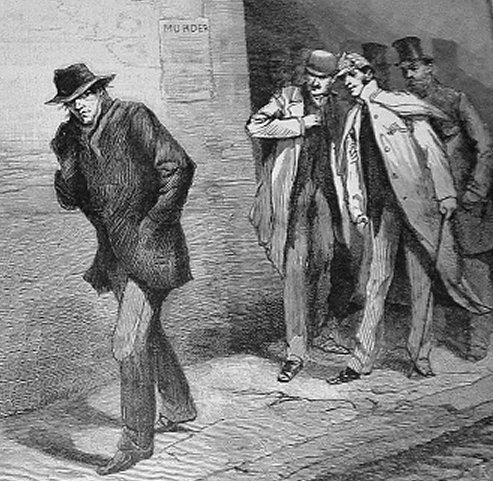
It is the shawl supposedly belonging to the fourth victim, Catherine Eddowes, that led to this announcement. Author Russell Edwards, who first revealed that he was in possession of the shawl in 2014, said that it contained genetic material from both Eddowes and Kosminski. He bought the shawl at a 2007 auction.
Kosminski’s identity was reportedly confirmed by researchers from Liverpool John Moores University who shared their recent findings in the Journal of Forensic Sciences.

“We applied novel, minimally destructive techniques for sample recovery from forensically relevant stains on the evidence and separated single cells linked to the suspect, followed by phenotypic analysis,” they wrote. “The mtDNA profiles of both the victim and the suspect matched the corresponding reference samples, fortifying the link of the evidence to the crime scene.”
“Genomic DNA from single cells recovered from the evidence was amplified, and the phenotypic information acquired matched the only witness statement regarded as reliable. To our knowledge, this is the most advanced study to date regarding this case.”

Jack the Ripper is believed to have murdered five women in the Whitechapel district of London, ending with the horrific killing of Mary Jane Kelly on November 9, 1888.
A new book titled The Five is drawing a great deal of attention, with its emphasis on the lives of those women. The author, historian Hallie Rubenhold, said in an interview with The Vintage News, “My book is the first full-length biography which looks at the five women’s lives in detail, apart from their murders or the story of the murderer. It also adds badly needed context to the women’s lives. For over 130 years, our society has been more interested in solving the murders than it has been in looking at those who were murdered.”
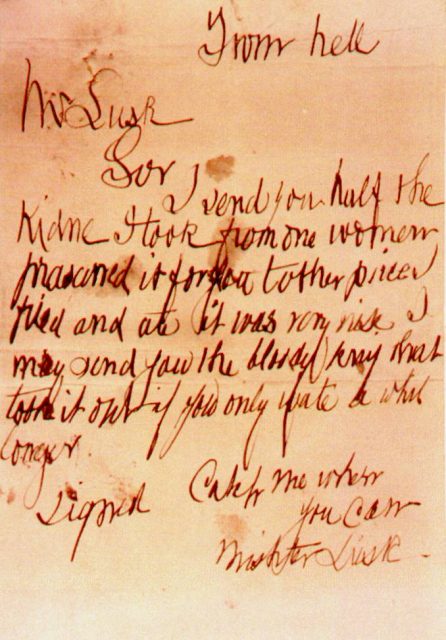
Any narrative on Jack the Ripper always begins with the horrific murders of these women. “The narrative was not concerned with who they were, but generally regarded their deaths as a way of figuring out the identity of the murderer,” said Rubenhold. “By understanding their lives, we can now insert their stories back into this episode of history and make it less about the murderer and more of a well-rounded story about the people and the community who were effected by these terrible events.”
The Kosminski family was a part of that community without question. On July 12, 1890, Kosminski’s brother placed him in a workhouse because of his behavior. He was released soon after but the following February his family committed him again, and this time he was transferred to an asylum. It was noted as part of his admission that he had threatened his sister with a knife. He died in an asylum in 1919.
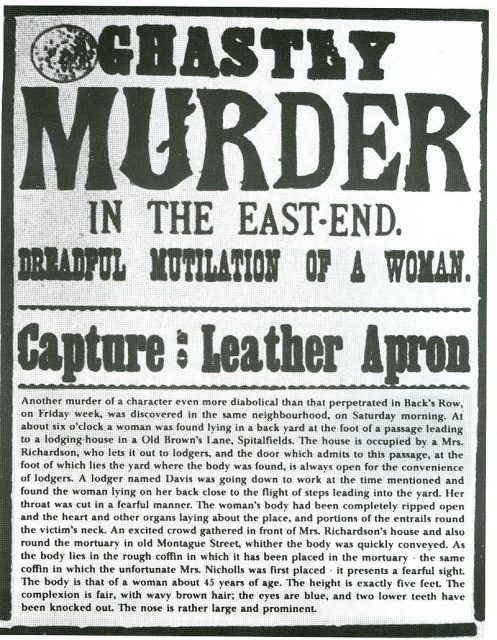
Kosminski, who suffered from auditory hallucinations, feared food, and would not wash or bathe, does not fit the image some people have of a mastermind sadist able to elude police in the densely populated Whitechapel. Nor does he seem capable of sending a series of taunting letters to the press and police signed “Jack the Ripper.”
The most famous of those letters is the “Dear Boss” missive, sent to the Metropolitan Police on September 29th, beginning with “I keep on hearing the police have caught me but they wont fix me just yet. I have laughed when they look so clever and talk about being on the right track.” Another was sent on October 1st in the same handwriting, “You’ll hear about Saucy Jack’s work tomorrow double event this time…”
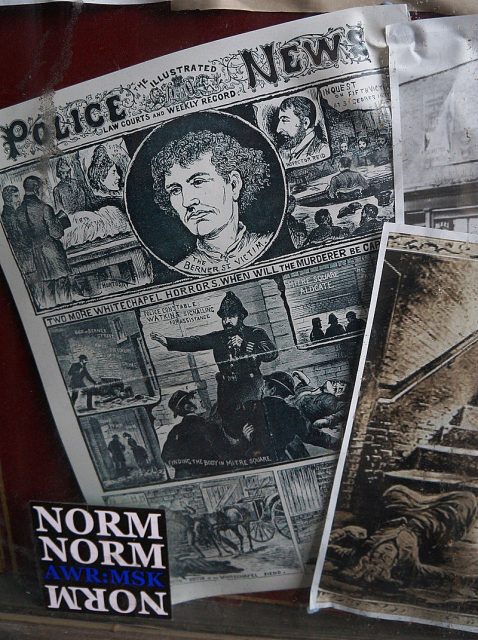
Although the letter indicates knowledge of murdering Stride and Eddowes, it could have been written and posted after those murders were common knowledge.
Moreover, some experts take the position that the letters were a hoax, or written by a reporter to increase newspaper circulation.
Kosminski was a suspect at the time of the murders and an eyewitness on the scene identified him, but he was never arrested.

In an article about Kosminski written by Dr. Frederick Walker and posted on the Jack the Ripper Casebook, he writes, “Aaron Kosminski is one of only two suspects (the other being Joseph Barnett) against whom there is real evidence or testimony. The case against Kosminski is stronger than many of us who believe in alternate theories are generally prepared to admit — it is even stronger than those who suspect Kosminski usually dare to argue.”
https://youtu.be/MssjjdVAj6k
The problem with the shawl is that it is never been verified that it belonged to Catherine Eddowes. The shawl was obtained from David Melville-Hayes, who is the great-great nephew of Amos Simpson — an acting sergeant in the London police who it is said recovered the shawl from the Eddowes crime scene. The weakness in this chain of evidence is, skeptics say, the shawl was not listed as evidence at the time of the murder.
Nonetheless, Jari Louhelainen of Liverpool John Moores University said in the report he has linked some of the DNA from the stains to the genetic signature of Eddowes’ distant relatives. Another DNA signature, purportedly attributed to semen on the scarf, was linked to relatives of Kosminski.
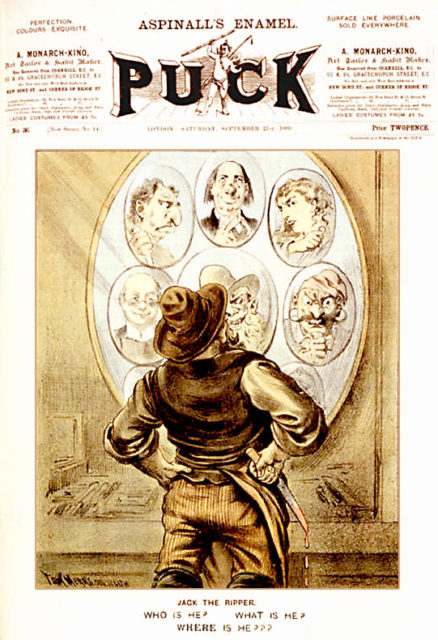
Hallie Rubenhold is highly doubtful that this shawl “news” solves the case.
“This recent paper proves nothing,” she said. “Nothing fundamental has changed about it, yet it’s being dangled in front of us as if it’s all new. Geneticists investigated the claims years ago and determined there were serious problems with the so-called results.”
She continued, “Additionally, from the historical point of view, there is absolutely nothing that connects this shawl to Catherine Eddowes — not one piece of evidence, not one document. You simply can’t make up the provenance of an object, it has to be backed up with documentation — ask any curator.”
Another skeptic, Dr. Adam Rutherford, a geneticist, said about the shawl on Twitter, “Even if it was really present at the murder scene, and bizarrely was kept (none of Catherine Eddowes’ other clothes were), and kept unwashed, the way it has been handled since would render DNA analysis cripplingly problematic.”
Read another story from us: Was Jack the Ripper Really a Woman?
“The owner of the shawl is photographed in the Mail holding it with bare hands,” said Dr. Rutherford. “We later found out that Catherine Eddowes’ descendants had been in its presence recently, therefore making potential contamination even worse.”
“The provenance of the shawl is comical and would not be considered believable by even the most lazy historian.”
Nancy Bilyeau, a former staff editor at Entertainment Weekly, Rolling Stone, and InStyle, has written a trilogy of historical thrillers for Touchstone Books. Her new book, The Blue, is a spy story set in the 18th-century porcelain world. For more information, go to www.nancybilyeau.com
